25 Apr
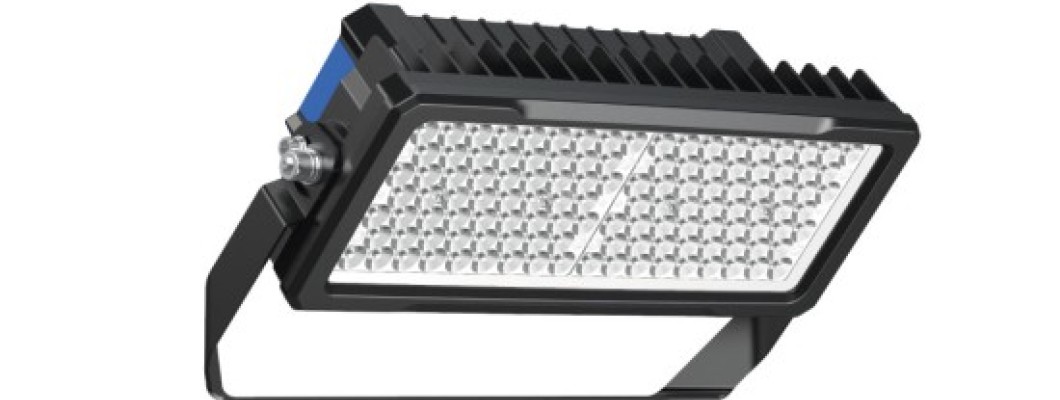

Padel is a rapidly growing sport that has taken the world by storm, gaining a loyal following in clubs and recreational centres across the globe. As the popularity of padel continues to rise, clubs are looking for effective ways to manage their operating costs while maintaining high-quality facilities.
One area where significant savings can be made is in lighting. Specifically, LED lighting for padel courts is proving to be a game-changer for clubs seeking to reduce their energy expenses.
This blog explores how clubs are saving money by switching to LED padel court lighting, including the use of LED floodlights and sports pitch lights, and highlights the various benefits of these lighting technologies beyond just cost savings.
Why Proper Lighting Is Essential for Padel Courts
Lighting is a critical factor in padel courts, not just for players but also for coaches, staff, and spectators. Padel courts need to be adequately illuminated to ensure clear visibility of the ball and provide a safe environment for players. Standard lighting regulations for padel courts call for uniform, high-quality lighting with minimal glare and no dark spots.
Poor lighting not only hampers the enjoyment of the game but can also result in safety hazards, such as players tripping or not being able to see the ball clearly, potentially leading to injuries.
Moreover, padel courts typically need to be illuminated for long hours, particularly in areas where the sport is predominantly played during the evening or winter months.
Lighting systems that consume excessive amounts of energy can drive up electricity costs, creating a financial burden for clubs that want to keep their facilities affordable and sustainable.
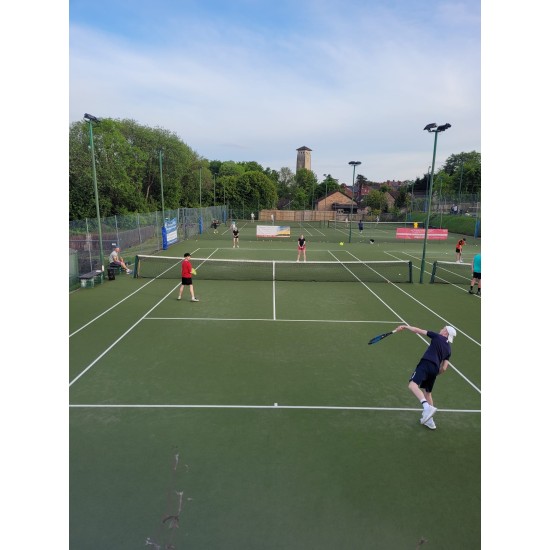
The Drawbacks of Traditional Lighting
In many padel clubs, the traditional choice of lighting has been metal halide or halogen floodlights. While these types of lights are still widely used in outdoor sports facilities, they have a number of drawbacks that can negatively impact both the club’s bottom line and the quality of the playing experience.
High Energy Consumption
Metal halide and halogen lights are known for their high energy consumption. These lights often require large amounts of electricity to produce the necessary illumination for padel courts, leading to hefty energy bills. This becomes a particular concern when courts are used for long periods, often late into the evening or early morning hours.
Frequent Replacement and Maintenance
Traditional lighting systems have a relatively short lifespan, with halogen and metal halide bulbs often needing replacement every few years. This frequent replacement adds to the club’s maintenance costs, not only in terms of the cost of the bulbs but also the labour required to install them and manage the lighting systems.
Environmental Impact
Older lighting technologies, such as metal halide, can contain hazardous materials like mercury, which must be disposed of properly. This adds to the cost of replacing bulbs and poses environmental challenges. In today’s world, many clubs are eager to adopt more sustainable practices and reduce their environmental impact.
The Shift to LED Lighting: A Cost-Effective Solution
Switching to LED lighting for padel courts offers a practical solution to these challenges, addressing the key issues associated with traditional lighting systems. Here’s how LED lighting helps clubs save money and improve the overall facility:
Energy Efficiency
One of the most significant advantages of LED lighting is its energy efficiency. LED lights use far less electricity compared to halogen and metal halide lights while producing the same amount of light. For instance, a typical metal halide floodlight might consume up to 400 watts, whereas an LED floodlight of equivalent brightness typically uses only 100-150 watts.
This dramatic reduction in energy consumption can lead to savings of 50-70% on electricity bills, particularly for clubs that use multiple courts and have long operating hours.
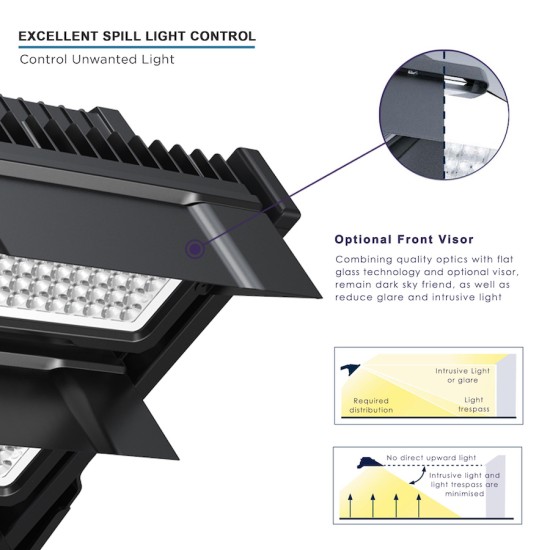
Longer Lifespan and Reduced Maintenance Costs
LED lights have a much longer lifespan than traditional bulbs. A typical LED light can last for up to 50,000 hours or more, whereas metal halide and halogen bulbs may only last 2,000 to 4,000 hours. This extended lifespan means fewer replacements are needed, significantly reducing both the cost of new bulbs and the labour required for replacements and maintenance.
This is particularly beneficial for clubs with multiple courts where frequent maintenance could lead to downtime and lost revenue. The durability of LED lights also means fewer repairs are necessary, which translates to reduced maintenance costs.
Traditional lighting systems can suffer from wear and tear, while LED systems are designed for longevity and resilience, ensuring that clubs can focus their resources elsewhere.
Superior Light Quality with Less Glare
Another key benefit of LED lights is their ability to provide high-quality, consistent lighting without causing glare or uneven distribution. Traditional lighting systems often produce harsh glare or create dark spots on the court, both of which can negatively impact the playing experience and safety.
In contrast, LED lights provide uniform illumination across the entire court, allowing players to see the ball clearly and preventing distractions caused by lighting issues.
The superior light quality provided by LED lights helps clubs offer a more professional, enjoyable playing environment. This is a critical factor for clubs that wish to attract players who prioritise quality facilities and a positive experience.
Environmental Benefits
In addition to being more energy-efficient, LED lights are environmentally friendly. Unlike older lighting technologies that may contain hazardous substances like mercury, LED lights are free of harmful materials and can be fully recycled. By making the switch to LED, clubs can significantly reduce their environmental footprint, which aligns with growing public awareness and demand for sustainable practices.
Many clubs are keen to promote themselves as eco-conscious facilities, and adopting LED lighting can be an excellent way to demonstrate this commitment to sustainability. Additionally, as energy efficiency becomes a more prominent factor in decision-making for both individuals and businesses, clubs with LED lighting systems may also attract environmentally aware customers.
Instant Full Brightness and Dimming Capabilities
LED lights also provide instant full brightness when switched on, unlike metal halide or halogen lights that require time to warm up and reach optimal brightness. This instant illumination is particularly beneficial for clubs that use their courts intermittently, as there is no need to wait for lights to warm up before play can begin.
Furthermore, LED lighting systems often come with dimming capabilities, allowing clubs to adjust the light intensity according to the time of day or specific needs.
For example, courts can be dimmed during off-peak hours to reduce energy consumption, or brightened during busy periods, such as tournaments or evening sessions. This flexibility provides an added layer of control over energy costs.
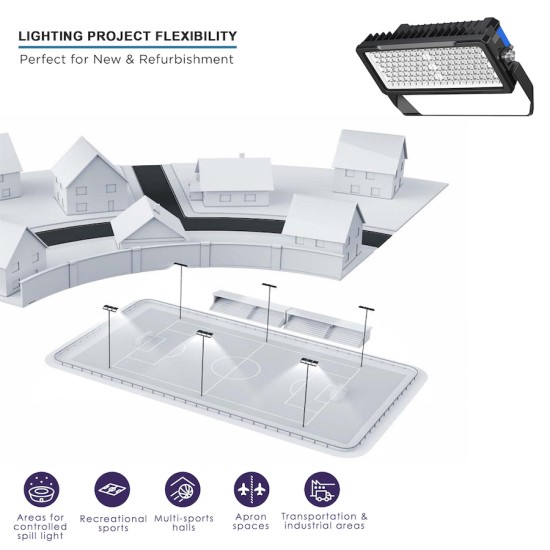
The Role of LED Floodlights and Sports Pitch Lights
When it comes to illuminating padel courts, LED floodlights and sports pitch lights are becoming increasingly popular due to their ability to provide uniform, high-intensity illumination across large areas. These types of lights are designed specifically for outdoor sports, ensuring that the entire court is evenly lit, eliminating dark spots and glare that could disrupt gameplay.
LED floodlights have a high lumen output, which is essential for padel courts that require consistent and powerful lighting. They also have a wide coverage area, meaning fewer fixtures are needed to light the entire court. This not only saves on the initial installation cost but also reduces long-term energy consumption, as fewer lights are required to achieve the same effect.
In addition, LED floodlights and sports pitch lights are durable and built to withstand outdoor conditions. With an IP rating for weatherproofing, these lights are resistant to rain, wind, and dust, making them ideal for the outdoor padel courts where conditions can vary. This durability also contributes to their longevity, reducing maintenance and replacement costs.
How Clubs Are Adapting to LED Lighting?
Many clubs have already integrated LED lighting into their new builds, but existing facilities are also taking advantage of the significant benefits by upgrading their lighting systems. The return on investment (ROI) for LED lighting is typically realised within a few years due to substantial savings in both energy and maintenance costs.
In some cases, the money saved on energy bills can be reinvested into other areas of the club, such as improving facilities or expanding offerings.
For clubs with multiple courts, the financial impact can be even greater. With savings compounded across numerous courts, LED lighting offers a long-term, cost-effective solution that can help clubs stay competitive in an increasingly crowded market.
Conclusion
As padel continues to grow in popularity, clubs are looking for ways to keep operating costs manageable while maintaining high-quality facilities. Switching to LED padel court lighting, including the use of LED floodlights and sports pitch lights, is one of the most effective ways to save money while improving the overall experience for players.
With energy efficiency, longer lifespans, reduced maintenance, and superior light quality, LED lighting provides both financial and operational benefits that can help clubs thrive.
By adopting LED technology, clubs can reduce energy costs, minimise environmental impact, and offer a better playing experience, ensuring that their padel courts remain an attractive, sustainable, and cost-effective part of their offerings for years to come.

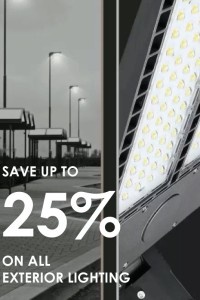
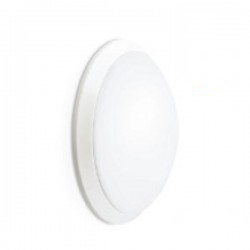
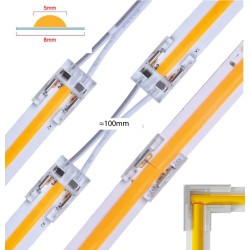
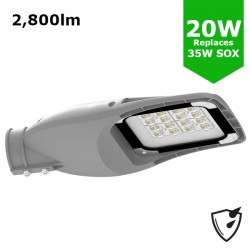
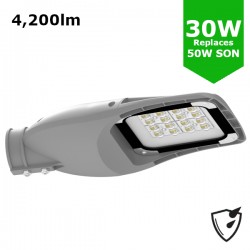
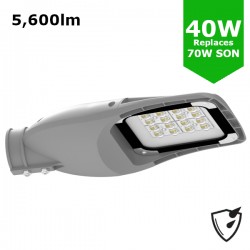
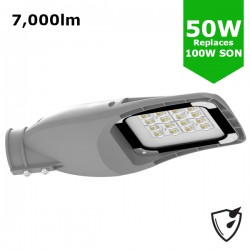
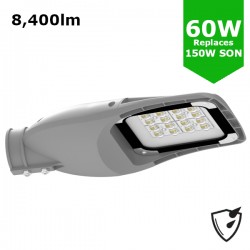
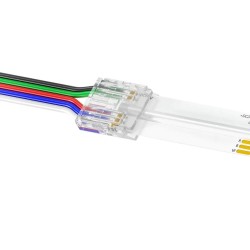
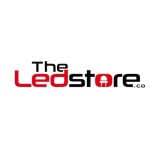
Leave a Comment